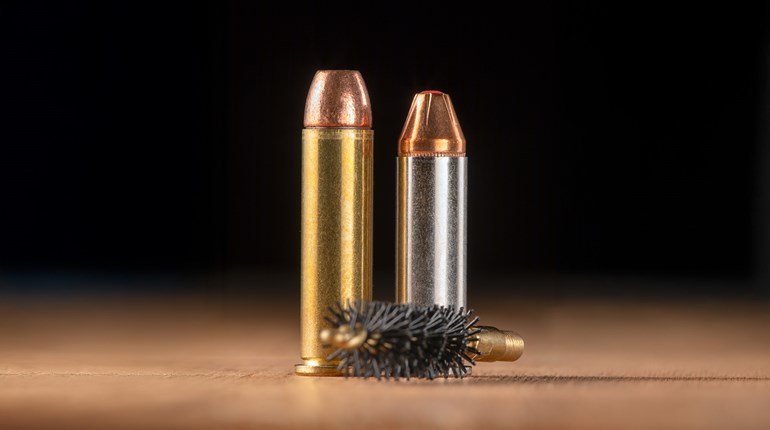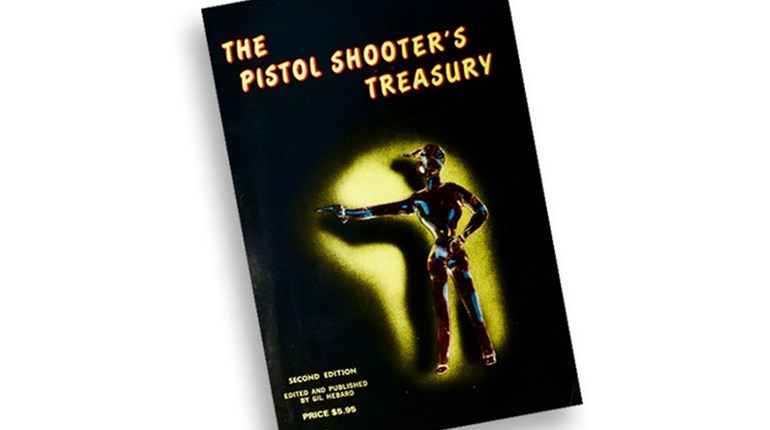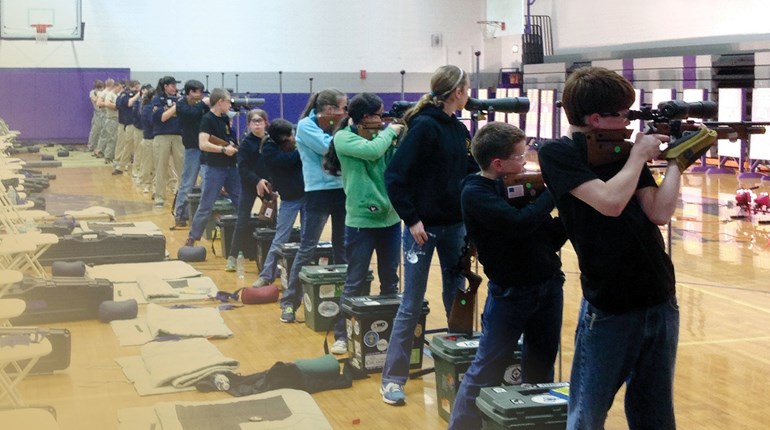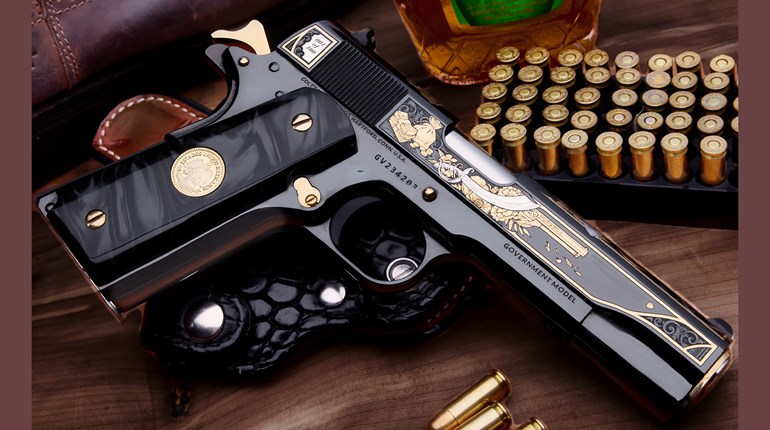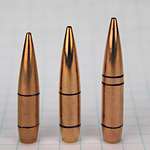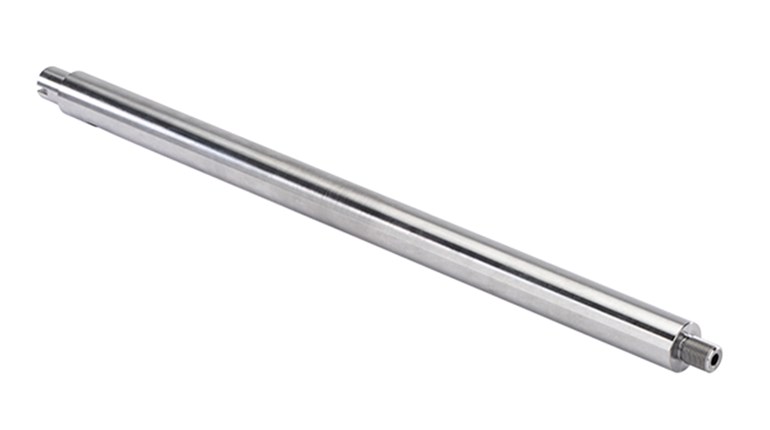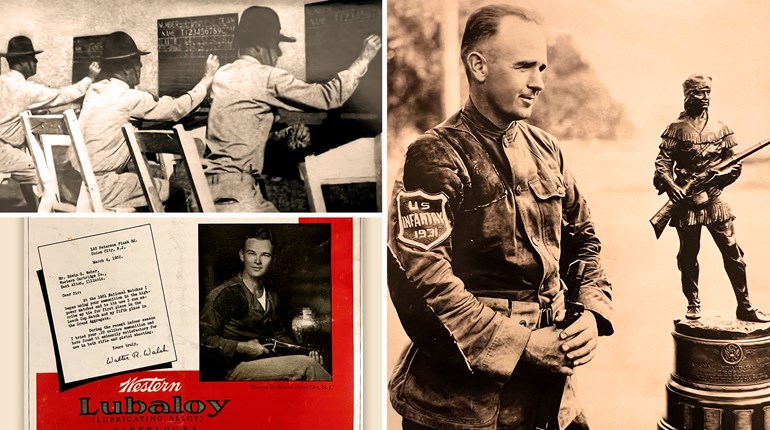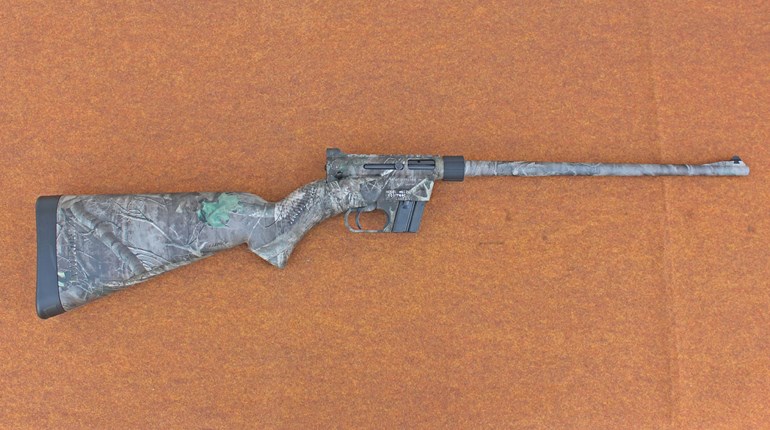
As far back as 1884, excellence in shooting sports has been recognized with the “crown jewel” of marksmanship awards—the Distinguished designation. Anyone can compete for this honor and you may have already shot in a qualifying match. Here’s what you need to know.
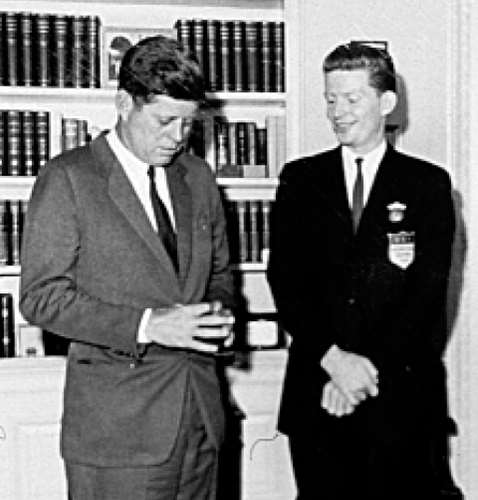
Brief History of Distinguished Shooting
Early accounts of marksmanship cite military training activities in archery and spear throwing that were later celebrated as sport in the first Olympiad in 776 B.C. The pentathlon, for example, included javelin throwing. By the 14th century, marksmanship had become a recreational sport as depicted in popular literature with the legendary Swiss hero William Tell, famous for shooting an apple off his son’s head, and the Robin Hood tales.
Following the Civil War, a perceived lack of marksmanship skills on the part of the Union Army led to the founding of the NRA in 1871. Just 13 years later, in 1884, the United States War Department began recognizing the best military shooters as “Distinguished Marksmen.” Just as low marksmanship skills brought about the NRA, the same deficit among U.S. soldiers in the Spanish-American War and the 1902 loss of the International Palma Trophy Team Match led to the 1903 establishment of the National Board for the Promotion of Rifle Practice (NBPRP), predecessor to today’s Civilian Marksmanship Program (CMP). The Secretary of War approved the Distinguished Pistol Shot Badge that same year.
The NBPRP created the United States Distinguished International Shooter Badge in 1962 in order to encourage and recognize excellence by U.S. participants in international shooting competitions. To earn this new award, a shooter had to win a medal in world-class competition—the Olympics, World Shooting Championship or the Pan American Games. Former NRA General Operations Administration Executive Director and retired CMP Director—Gary Anderson, was the first recipient of this new badge. In April 1963, two-time Olympic gold medalist Anderson was presented the first badge by President John F. Kennedy in White House ceremonies.
In the February 1965 issue of American Rifleman, NRA announced its intention to inaugurate a smallbore plan similar to the Distinguished awards that were available to service rifle and pistol shooters through the NBPRP. Since then, the NRA program has expanded to include police matches, conventional pistol, action pistol and, most recently, air rifle.
As a general rule, all NRA Distinguished programs require that four “steps” or 30 points be earned to become Distinguished. Steps and points are earned by finishing in the top 10 percent of aggregate finishers in designated tournaments. X’s don’t count—everyone firing the numerical score of at least the lowest score in the top 10 percent earns a step or point certificate.
Smallbore Rifle
The Distinguished Smallbore Rifle Awards, the most senior of the NRA Distinguished program, began in 1965 with position (which may be earned in either or both of three- or four-position competition) and prone awards. Each time a shooter places in the top 10 percent of a designated tournament, a “step” certificate is issued.
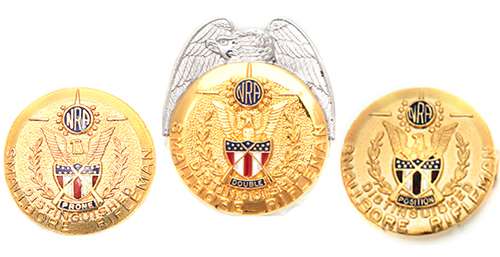
Hap Rocketto writes, “An active position shooter might well enter both the three- and four-position indoor championships, a regional or two, and the outdoor championship, amassing four or five certificates in a single year. Prone shooters often enter several regionals and close-out the year with the national championship, collecting three or four certificates.” However, no matter how many steps are earned in a year, only two steps are counted in any calendar year toward the award and one of the four steps must be at the National Outdoor Championship for that discipline.
What sets NRA smallbore apart from CMP service firearm awards is that any NRA Distinguished shooters finishing in the top 10 percent are included in the pool. Therefore, a smallbore shooter competing for a leg certificate may shoot against some who have already achieved that level, therefore raising the bar for the would-be NRA smallbore Distinguished shooter.
Upon earning Distinguished status, the shooter receives a pin and their name is inscribed on a special wall plaque and honor roll, which are displayed at NRA headquarters and at the National Championships. Recently it has become the custom to recognize those who hold the award at the smallbore award ceremonies. More information on this program can be found in the Appendix of the NRA Smallbore Rifle Rulebook.
Police Distinguished Revolver and Pistol
The NRA Law Enforcement Distinguished Revolver and Semi-Automatic Pistol Programs were designed to recognize excellence in police pistol combat competition and are similar in structure to the CMP Distinguished program.
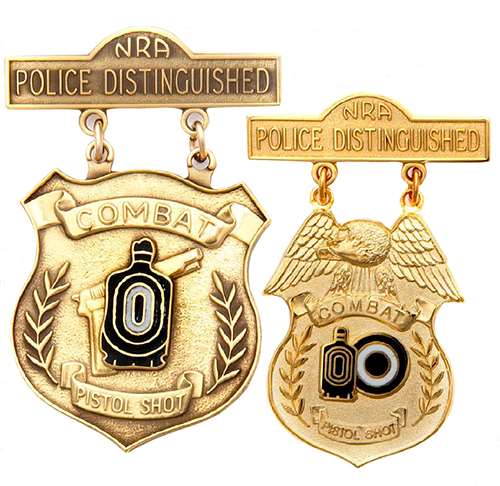
Law Enforcement Distinguished matches are fired during NRA Police Pistol Combat (PPC) Regional and State tournaments and during the NRA National Police Shooting Championships. It is a service-type match fired out to 50 yards. Equipment requirements are more stringent than in normal NRA sanctioned combat competition.
Since there is no standard service gun for police, as there is for the military, specific regulations for eligible firearms and ammunition are necessary. While considerable variations of law enforcement firearms are allowed in the other PPC match events, the regulations for distinguished matches are more stringent to provide a competition with minimum variations in firearms and ammunition so that the shooter’s skill, and not the equipment, will be the major factor in determining the best shooter. The firearm and ammunition regulations are strictly enforced and triggers are weighed prior to each match.
Law Enforcement Distinguished badges are awarded to police officers who earn a total of 30 points through unassisted individual competition in NRA Police Distinguished matches. Points are awarded using a formula that is applied to the highest scoring 10 percent of all non-distinguished competitors firing in the match.
Wall plaques are displayed at NRA Headquarters listing all distinguished badge recipients. Each year the plaques are displayed at the National Police Shooting Championships. See the appendix of the Police Pistol Combat Rulebook for additional information.
Precision Pistol (Revolver)
The NRA National Match Course is used for all competitions under the Distinguished program. Tournaments for which Distinguished points may be earned are limited to the outdoor events only: National Championships, Regional Championships and State Championships, as defined in Rule 1.6.
The NRA Distinguished Revolver Badge is awarded to those competitors who earn a total of 30 points through unassisted individual competition in NRA Distinguished Revolver Matches. Points are awarded to the highest scoring 10 percent of all non-distinguished revolver competitors firing the match. Additional details are covered in section 23 of the Precision Pistol Rulebook and in equipment paragraph 3.1.4.
Action Pistol
The NRA Action Pistol Distinguished program is similar to the other Distinguished programs. However, there is no limitation on the firearm used as long as it conforms to NRA Action Pistol shooting rules. Points toward a Distinguished Action Pistol Badge may only be earned at NRA State Championships, Regionals and the National Championship—the Bianchi Cup.
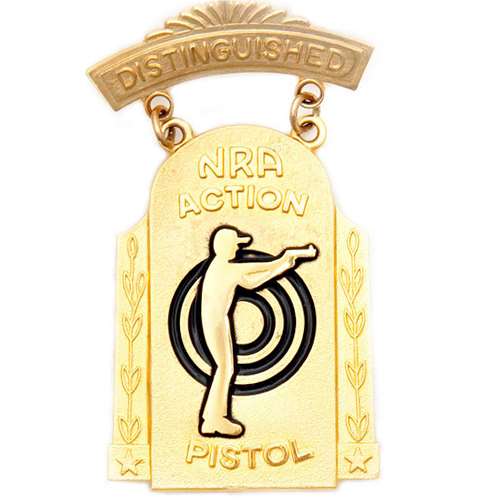
Competitors may compete for points only four times in a calendar year; two state championships, one regional and the National Championship. Open, Metallic and Production scores are each counted separately for distinguished awards. Recognition for a distinguished award is retroactive to 1985 for Open-class shooters, and to 1998 for Metallic-class. Individuals may petition for retroactive awards by providing official results from qualified tournaments. The burden of proof is on the petitioner. Refer to the last page in the Action Pistol Rulebook for additional information.
Air Rifle
The newest addition to the Distinguished program, the air gun program was created in 2010 to recognize outstanding junior athletes in three-position air rifle matches. The award can be earned with both the precision and sporter air rifle. Competitors who earn both awards during their shooting careers will receive the Double Distinguished pin.
Just as with the smallbore rifle, the air rifle distinguished badge is awarded after an athlete earns four steps. Steps may be earned by placing in the top 10 percent at either the National Air Gun Championship or the National Indoor Championships. Those competitors placing in the top 10 percent of these matches will receive one step towards the Distinguished Award. At least one step must be earned at the National Air Gun Championship and only two steps can be earned in a calendar year.
In addition to military shooting badges issued by various services and the Coast Guard, there is one other unrelated distinguished program—the Winchester/NRA Marksmanship Qualification Program, which was developed for shooter development. Using progressive levels of achievement, shooters of all ages can earn a patch, pin and certificate from the entry level Pro Marksman level, through Sharpshooter to the Distinguished Expert rocker. The Marksmanship Qualification Program Distinguished Expert rocker is not related to the NRA competitive Distinguished award program.
As Paul Nordquist summarized in an article for Precision Shooting magazine, “The most obvious lesson is the one of persistence. Although my quest for Distinguished waxed and waned over time, I never really gave up. There is a difference between ‘back burner’ and ‘abandonment.’ It is probably cliché to note that if you enter—you might not win, but if you don’t enter—you can’t win.”













